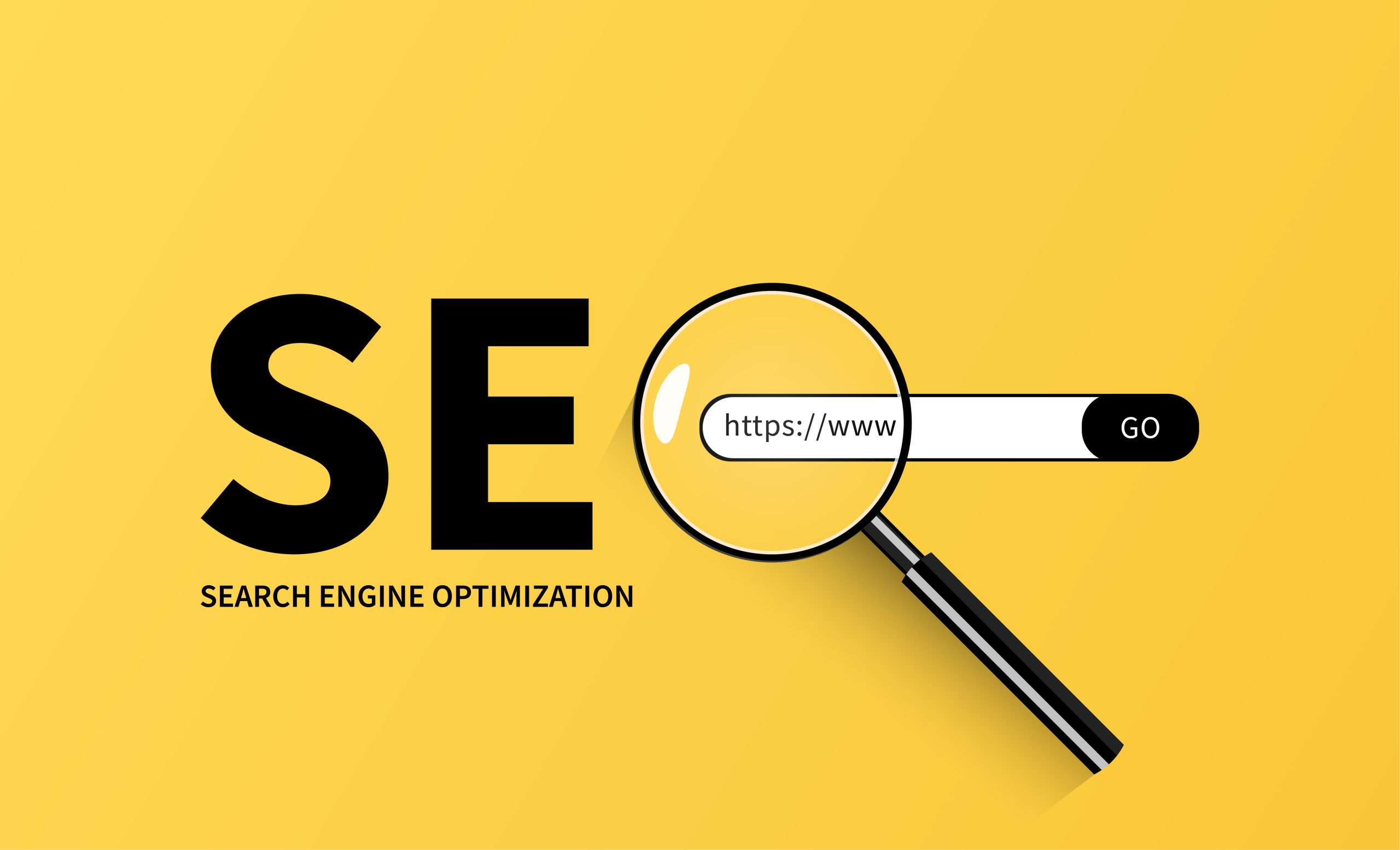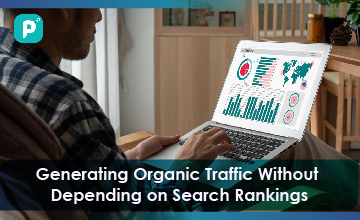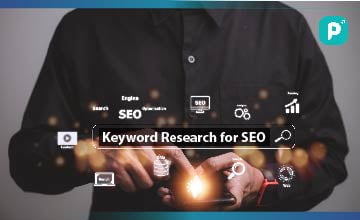What is SEO (Search Engine Optimization)?
SEO is a way to boost the quality and quantity of traffic to a website using organic search engine results. A higher SERP ranking increases online brand visibility when a user searches a term related to your industry. Optimizing the website for search intent extends opportunities to convert potential clients into customers. Website visibility depends on the site’s placement on the search engine result page (SERP). Businesses strive to get their website listed at the top of the SERP to attract maximum viewer attention. It is essential to understand that SEO comprises several elements and is crucial as it makes a website more visible. This enables the website to receive more traffic and leads, which may convert into customers. In addition, it is also a valuable brand awareness tool that helps build relationships with potential customers and positions the company as an authoritative expert in the industry.
Why SEO is important?
- Builds brand trust and credibility – Websites that rank high on search engine result pages are considered high quality and trustworthy. Results indicated on the first page provide the most relevant responses to the search query, leading to credibility for the business. Showcasing the right website content and a superior user experience helps with a high website ranking.
- Offers a competitive edge – When SEO is deployed consistently and correctly, it helps outrank the competition. Once a company gets listed on the first search result page, the chances of client conversion increase boosting sales and supporting the business to stay ahead of the competition.
- Cost-effective process – Businesses must invest time and resources for an effective SEO strategy. An effective SEO plan helps a company increase sales by building trust with the client, proving it to be an extremely cost-effective marketing strategy.
- Leads to quantifiable results – Several online tools are available that measure the effectiveness of SEO efforts. For example- Google analytics can offer comprehensive information regarding organic traffic. Data comprises pages that clients engage with and keywords used during a search. This data can be cross-referenced with the need to take action and see how SEO has played a crucial role in customer engagement and acquisition.
Key tips for an effective SEO strategy
Create effective content marketing strategy – Content marketing is a long-term strategy that works for most businesses. Quality content generation and an effective promotion strategy help a business gain social attention, thus driving organic traffic to the website. It is important to note that the content showcased on the company website must be concise and to the point. Additionally, simplified content that is easy to understand, and supported by attractive images, provides an effective content mix.

Choose the right focus keywords – Along with an effective content strategy, using the right focus keywords is essential to boost returns from SEO efforts. Picking the apt keywords for the website and content requires research and is vital to gain high relevance, volume ratings, and gain competitive advantage. In this sense, keywords are a practice of SEO that experts use to find search terms that users enter into search engines when seeking products, services, and other general information.

Set up Internal Linking – Internal links are links on the web page that redirect users to other relevant pages on the same website that provide more information about the topic. Both viewers and search engines use these links to access more content on the website. Users turn to links to navigate the company’s website and find the information they seek. These links, if implemented correctly, lead to a better user experience. Search engines also use internal links to navigate through the company’s site. There are numerous types of internal links. Along with links on the homepage, menu, and post feed, one can also add links within the content, known as contextual links.
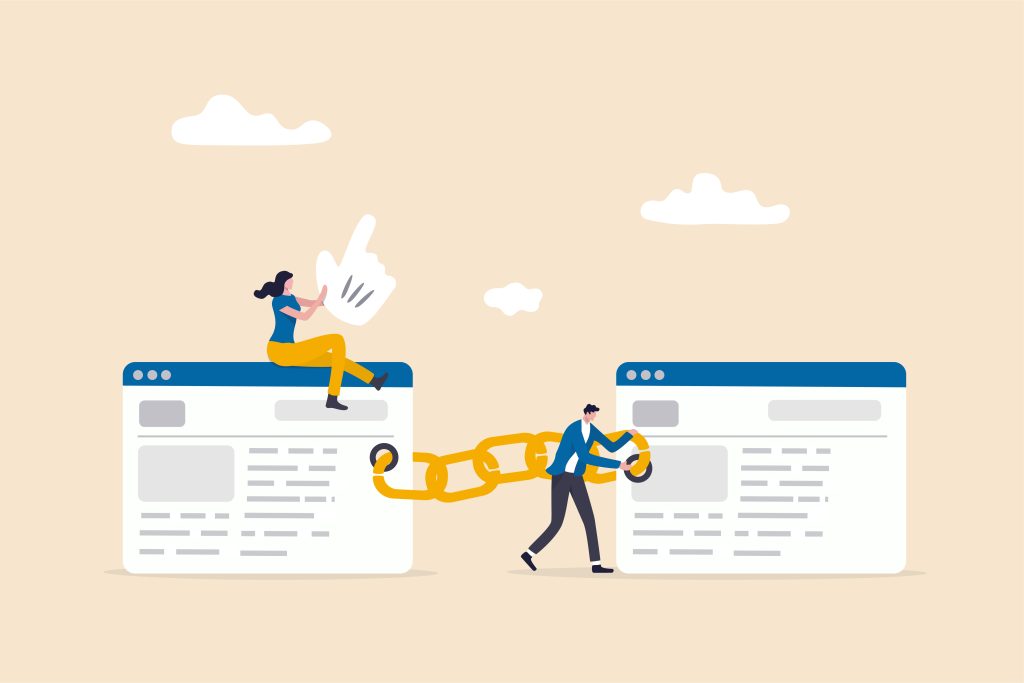
Generate Backlinks – Backlinks are links on a particular website that point to another website. They are also known as external or inbound links. Google’s ranking module measures the effectiveness and user acceptance of a web page or website based on backlinks. Meaning pages with more backlinks can rank higher, especially if the backlinks are from credible sources. Backlinks are of two types, namely, Do-follow and no-follow backlinks. Though they are not very different from an internet user’s point of view when a search engine crawler comes across a do-follow backlink, it usually gets redirected to the website the link is pointing at and crawls the content available on the page it lands on. In the case of a no-follow backlink, this redirection does not happen. SEO experts maintain that apart from the credibility of the website acting as the source of the link, the fact that websites providing do-follow backlinks should be preferred and included in the link-building strategy.

Include images with Alt text – Images help users to understand the gist of the content on the webpage, leading to a better user experience. Alternative or alt text conveys how the image relates to the website’s content. Including alt text on the website is a principle of website accessibility as it offers improved image context to search engine crawlers, helping them index and rank images for an image search. It also provides search engines with contextual information regarding the content on the website. Images are also used in between text-heavy sections to break the monotony of the page and keep the reader, or user engaged to ensure that he or she reads through the entire content and does not end their session midway, leading to a higher session time and a lower bounce rate for the web page.

Include FAQs – Although the content on a web page is expected to answer and satisfy the query punched in by a user, it may become overwhelming to read through an entire page of text to extract that one required information piece. FAQs can help by presenting the most crucial data and information points in a question-answer format. This, in turn, adds to the user experience of the page and the website. Search Engines like Google recognize and index FAQs through Schema Markup. These FAQs are then placed on the SERP pages under the web page’s listing and may help in increasing the page’s CTR.
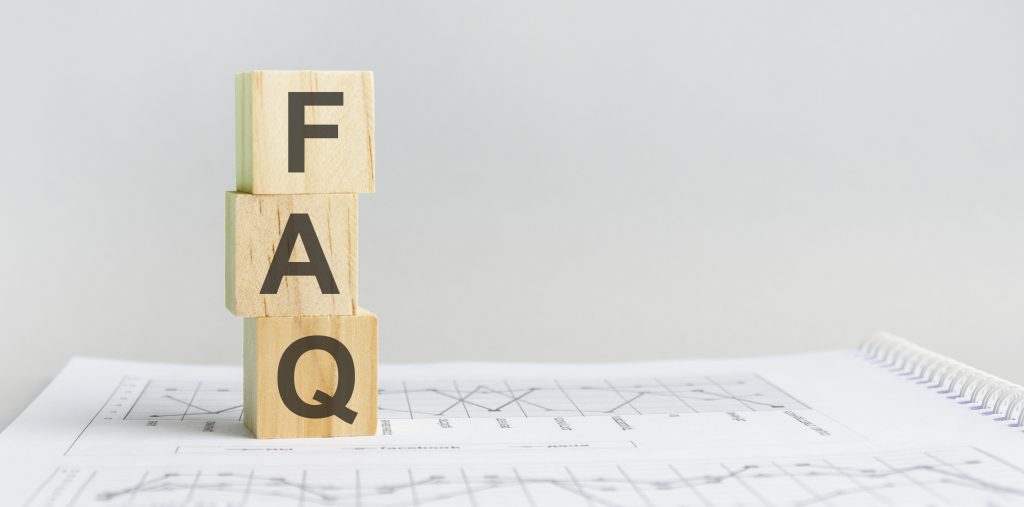
Improve website loading speed – The end user always prefers a comparatively faster loading website as they can reach the desired piece of information or data within a shorter time frame. This is yet another factor that enhances user experience and makes the website visitor come back and interact with the website. More return visits signal to search engines that the website in question is preferred and trusted by users, which may lead to higher rankings on the SERP. Hence, it is clear that if one wishes to rank higher, their site must load quickly. Some ways to reduce page load time are moving to a better hosting provider, optimizing the web page with attributes like “Lazy-Load”, removing unnecessary third-party scripts, and compressing the site’s images.
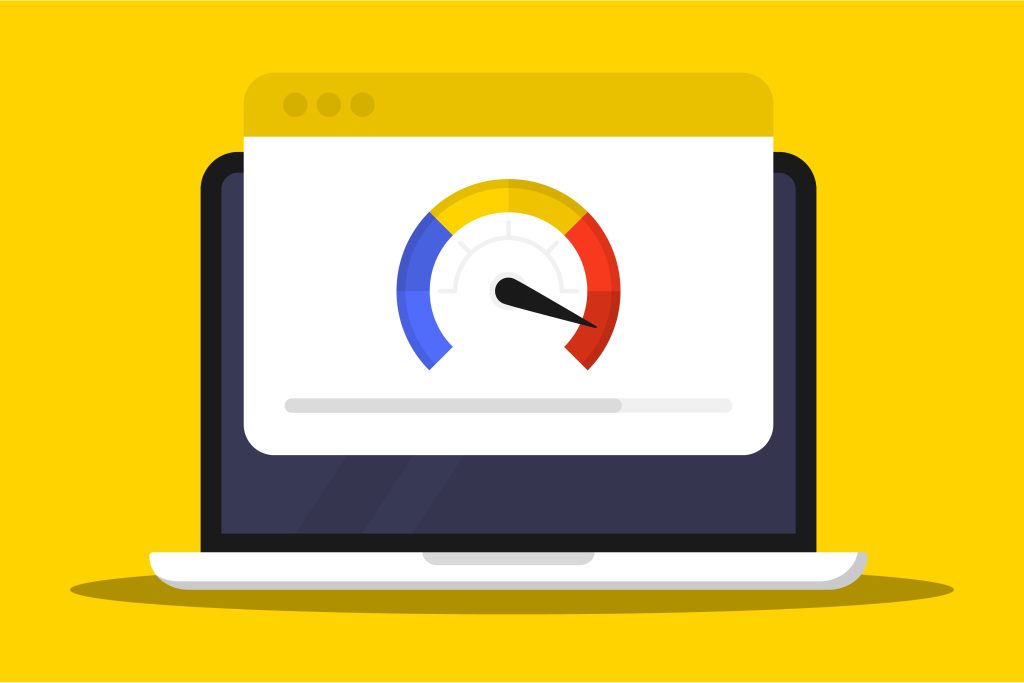
Update existing content – Changing times bring forth changing trends. Refreshing or updating the existing web content has to be part of the core content strategy. Businesses must update or rewrite the website content if the ranking and traffic decline. This also helps enhance the user experience on the web page, as internet users are always looking for the most recent and updated information. Updating website content highlights the website or domain to the search engines and ensures that the web pages are crawled and indexed regularly. This increased web crawling frequency can help the website when an entirely new page or section is introduced, as the newly added pages can get crawled and indexed within a very short time frame after they are published.

Include longer posts – Most leading search engines like Google prefer in-depth, longer posts that provide complete information about what the page offers. Long-form content is considered important because it answers most questions people want to ask, leading to brand clarity. At the same time, it is vital to break the content into parts and support it with attractive images, as most users refrain from reading longer articles. Longer posts also present more opportunities for internal and external linking as more keywords or terms are available to be used as anchor text.

Optimize meta tags – Meta tags, namely “meta title” and “meta description,” are backend components of a web page that get displayed on the SERP when a user performs a search. These are the first elements of a business that a user interacts with. A clearly defined meta title and description conveying a clear picture of what information is on the web page increases the CTR from SERPs. Important factors to remember while creating meta tags are the word or character count of these individual tags and the information delivery.
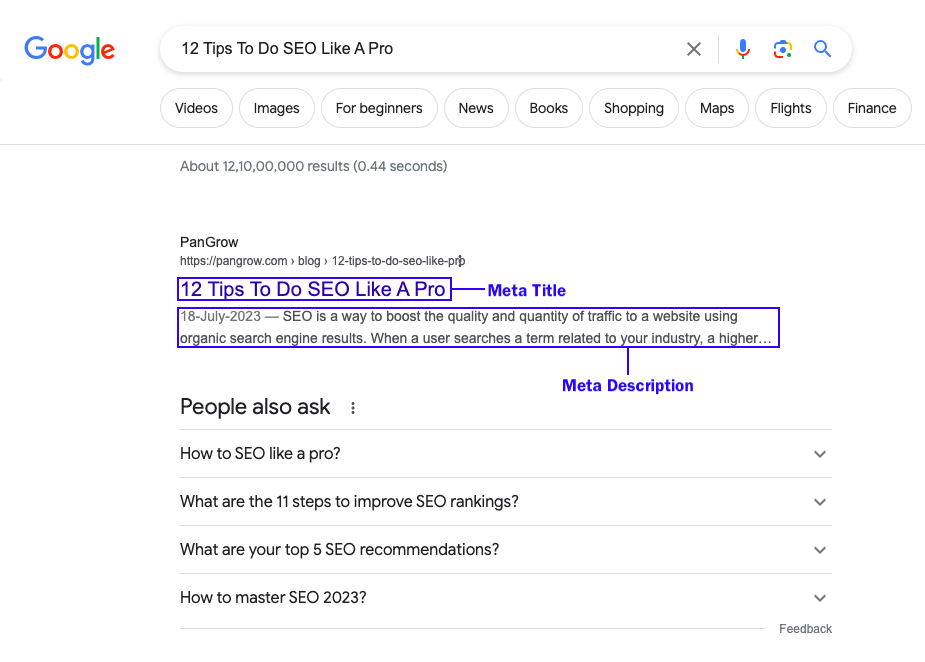
Optimizing for Web Vitals – Core web vitals are measures used by Google to assess the website’s overall user experience. They comprise three key page speed and user interaction measures, first input delay (FID), cumulative layout shifts (CLS), and largest contentful paint (LCP). Google, the global pioneer in search engine technology, recently announced that FID would be replaced by INP (Interaction to Next Paint). INP measures a web page’s time to respond to a user’s action, like a click, a tap, or any keyboard interaction. INP assesses the responsiveness level of a web page to any user interaction. CLS measures how much a web page or website unexpectedly shifts while it is being loaded for a user. This happens mainly because of different elements like banners, images being loaded on the web page at different times and causing the layout to change while a user is looking at it. LCP measures the time taken by the main or largest content piece on the web page to get loaded and become completely ready for user interaction.

Encourage social media sharing – In today’s digital era, every business needs to be active on social media. When the website or its content is shared on social media, the page ranking automatically increases due to the rise in traffic volume. One of the best ways to encourage social media sharing is by including social sharing icons on the web page along with the content. Sharing information-rich web pages on social media channels also helps in setting up the authority of the website or domain. When Internet users get to see new and relevant content being posted and pushed by a website on a regular basis they start trusting and following the business. This may result in higher conversions as some of these users may become active customers if they see the value addition being proposed by the business.

Conclusion
Overall, it is important to understand that SEO is not a trend but a necessity. Companies must carefully evaluate what they wish to convey to the viewers and then use a mix of SEO strategies to stay ahead of the competition.

